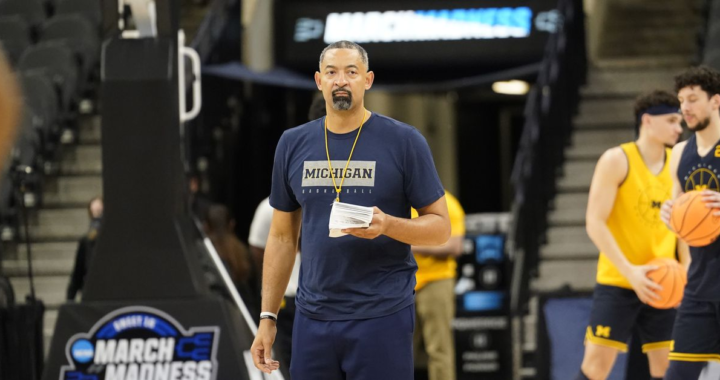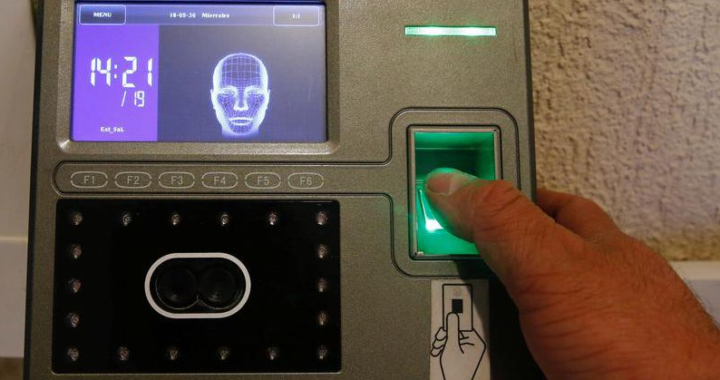School Is Back in Person, but the Five-Day School Week Often Isn’t
7 min read
Last month, at the height of the Omicron wave, one quarter of U.S. schoolchildren missed more than a week of in-person learning, according to a national survey of 148,400 parents by The New York Times and the survey and data firm Dynata.
The majority of students were home at least three days, and nearly one in 10 were out for half the month or more. The disruptions were spread across the country, with no region spared.
The survey revealed more widespread interruptions than other recent measurements have suggested. It demonstrates the degree to which classroom closures have upended children’s education and parents’ routines, even two years into the pandemic.
Five days of in-person school each week used to be virtually guaranteed. Some parents are now wondering if they’ll get that level of certainty again.
“I would say I’m about 75 percent certain school will be open” each week, said Noelle Rodriguez, a mother and hair stylist in Fresno, Calif., who moved her salon to her house, installing a sink and buying a hair dryer chair, when it became clear school wouldn’t open last year. “I can’t say 100 percent, which is one of the reasons I stayed working from home.”
The reasons for being sent home reached beyond Covid infections and exposures. Schools continued to face the fallout from remote school last year, including burnout and shortages among teachers and staff, and students who are struggling with academics, social skills and classroom behavior. In some cases, teachers have staged sickouts or asked for “wellness” or “school climate” days.
It’s much less common than last year for whole districts to close. Instead, schools are shuttering individual buildings or classrooms or quarantining small groups of children or teachers. That has enabled more children to stay in school, but has left little data on the question of how many school days students are missing. The survey, conducted online Feb. 4 to Feb. 16 by Dynata at the request of The Times, asked parents how many weekdays their youngest child was home in January. (The Times asked how many days were missed in total; some parents may have counted Martin Luther King’s Birthday or snow days, and others may not have.)
In New York City, roughly a third of students stayed home most days in January. Some districts, including in Atlanta and Detroit, did not reopen after the holiday break as planned, to control the spread of Omicron. In Sandy, Utah, students independently study at home some Fridays to help with teachers’ “exhaustion and burnout.” In Fairview, Ore., a middle school closed for three weeks for student misbehavior.
The practice in many school districts reflects a new comfort level with keeping children home, even on short notice, in a way that was rare before pandemic-era remote schooling.
Ms. Rodriguez’s decision in Fresno ended up being prescient. Several classrooms at her children’s school closed following positive cases, and then in January, Covid rolled through her family. Her third-grade daughter was home for two weeks. Her husband is a sheet metal foreman, and can’t work from home.
“I cannot collect unemployment, I don’t get any sick pay, I’m self-employed, so I had zero income during that time,” she said. “It’s a lot, but we make it work.”
As cases have plunged, many states and districts are dropping mask mandates and restrictions on large school gatherings for the first time. But just one in five American children ages 5 to 11 are fully vaccinated. Some districts have begun planning on virtual days during periods of seasonal Covid spread, said Dennis Roche, the president of Burbio, a data firm that has been tracking closures in more than 5,000 school districts.
“It’s almost like building a house in an earthquake zone,” he said. “You want it to be a little flexible. You want to build some shock absorbers in the system.”
Schoolwide closures have declined in February, according to Burbio, and it is likely that students were kept home more often in January than any other month so far this school year. As the year has gone on, schools have also become less likely to close for public health precautions or for teachers’ mental health.
For schools trying to keep students in class, some other pressures have eased. Many states and school districts have recruited additional substitute teachers by lowering requirements or increasing pay. Changes in public health guidance around isolation and quarantine have allowed more students to stay in school.
Chuck Alberts, the president of the Lansing Schools Education Association in Michigan, the teachers’ union there, said the district had done a lot to keep schools open. Schools doubled some classrooms’ sizes and asked teachers to pick up extra classes during free periods and lunch breaks. The district has required masks and provided free tests to any children or staff members with Covid symptoms.
“Being an urban district, we understand a school is much more than a spot for getting education,” he said. “We are the warm meal provider for breakfast and lunch, at least, and we’re the spot to come for heat.”
But even with those measures, the district still asked students to spend the first week of January at home for remote learning, when infection rates were so high that some schools couldn’t staff all their classrooms. Mr. Alberts said some teachers had become so exhausted by their expanded schedules that they called in sick the week after taking on a heavy load.
“There’s no longer the normal of pre-March 13, 2020,” he said. “I think we’re really at a spot where we need to redefine what education is going to look like going forward.”
Other districts say things are stabilizing. In Cleveland City, Tenn., schools closed for two days in January when Omicron infected 95 adults on staff, said Russell Dyer, the director of schools there. But he noted they had also closed for a day or two at a time during bad flu seasons before the arrival of Covid.
A growing body of research shows that closures have had a widespread effect on families with young children.
Students began the year, on average, half a school year behind in math and reading, and many have also struggled socially and emotionally, data shows. Some educators have said they need more time off or else more time without students to handle the increased workload. At the same time, others say students need more time in school to address their lagging skills.
The Coronavirus Pandemic: Key Things to Know
Closures, or just the risk of them, have also kept some parents from working. At the beginning of February, five million people — 12 percent of adults who are neither working nor retired — said they were out of work because they were caring for a child who would usually be in school or child care, according to a Census Bureau survey. There is no federal paid leave for people in this position; it expired in December 2020.
Early in the pandemic, parents were more likely to say that viral spread, more than children’s academic and emotional well-being, should be a major factor in whether to keep schools open. Now, more parents say the opposite, according to a survey by the Pew Research Center. But there were divisions in these beliefs: Parents who are white, Republican or rich were most likely to prioritize in-person school.
Erin Bray, who works at an education nonprofit in Portland, Ore., is the mother of two young children whose district closed for two weeks of distance learning in January to control the spread of Omicron.
Ms. Bray said it felt like a reprieve for the children and staff — her husband is a third-grade teacher — and not too stressful for her family because the closure was short, and she works from home.
“The last two years have taken such a toll on our educators, and that compounding stress added to an already stressful job seems to be wearing everyone down,” she said.
M. Cecilia Bocanegra, a psychotherapist in the Chicago area and mother of three, has lost patience with school closures. Her district had no school for five days in January because of a teachers’ union dispute over Covid precautions. The closure started on the first day of a new job for her husband, a lawyer, so she had to cancel her patients’ appointments or see them virtually while her children were home.
“If it’s about staffing, I understand that,” she said. “But if we’re going to wait until everyone’s feeling safe? We were scared we would go back to last year, which was the date of return getting pushed out and pushed out. It means a lot of anxiety, and it’s just not sustainable for the long haul.”
Unexpected closures can be particularly stressful for children, according to researchers who have been regularly surveying service workers in Philadelphia since fall 2020. They found that after unplanned disruptions to school, children misbehaved more and felt sadder, and their parents were in worse moods and had shorter tempers.
“Routine is really important for young children’s sense of stability in the world and is known to be important for healthy development in kids, so when routine gets disrupted, that creates additional stressors,” said Anna Gassman-Pines, an author of the study who teaches public policy, psychology and neuroscience at Duke. “Any effort to increase predictability would be helpful.”
Josh Katz contributed reporting.





